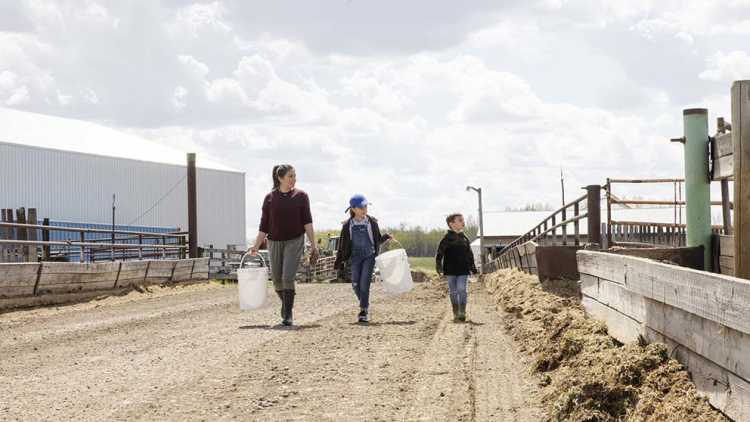Starting your farm transition journey? Here are resources to help

Transition is different for every farm – and is not a one-and- done project. Unsure of where to start or what to do next? Based on the Your path to farm transition, here are nine steps complete with tools and resources to help.
1. Prepare and identify
Gather details and documents about the farm structure and estate. Identify who needs to be involved and ensure they’re committed to the transition process.
Is your farm transition-ready? How to get into that planning headspace
Wills and Estates Planning: What to consider when estate and transition planning
2. Assess Current State
Summarize and review the farm’s current financial position and structure, considering your family dynamics.
3. Set Values, visions and goals
Confirm everyone is committed to transition and discuss individual and shared values to build a solid foundation.
How value, vision and goal setting make for a powerhouse transition plan
Ideation: Why every farm needs a mission and vision statement – and how to write one
4. Connect with experts
Identify who’s on your professional advisory team and what skill sets you need to add.
5. Create a will and estate plan
Maintain a detailed, current will that supports your farm business plan and family commitments.
Why an updated will is the most important part of any transition plan
The 5 biggest estate planning mistakes everybody makes with Chris Delaney
6. Build a Business Plan
Create a written plan, budget and agreements that consider all generations’ values, vision and goals.
7. Train and develop
Share knowledge and help your successor gain the skills and experience needed for farm business success.
8. Align and activate
Review all details with your stakeholders and professional advisors. Agree on timelines and implement the plan accordingly.
9. Review and revisit
Communicate regularly with stakeholders and advisors to review your plan and identify if anything needs to change.